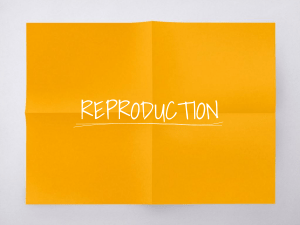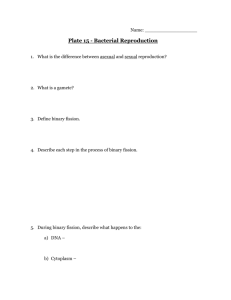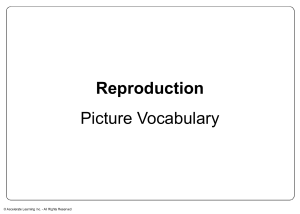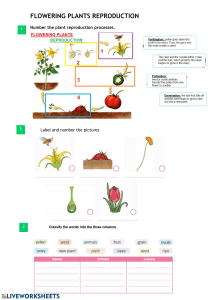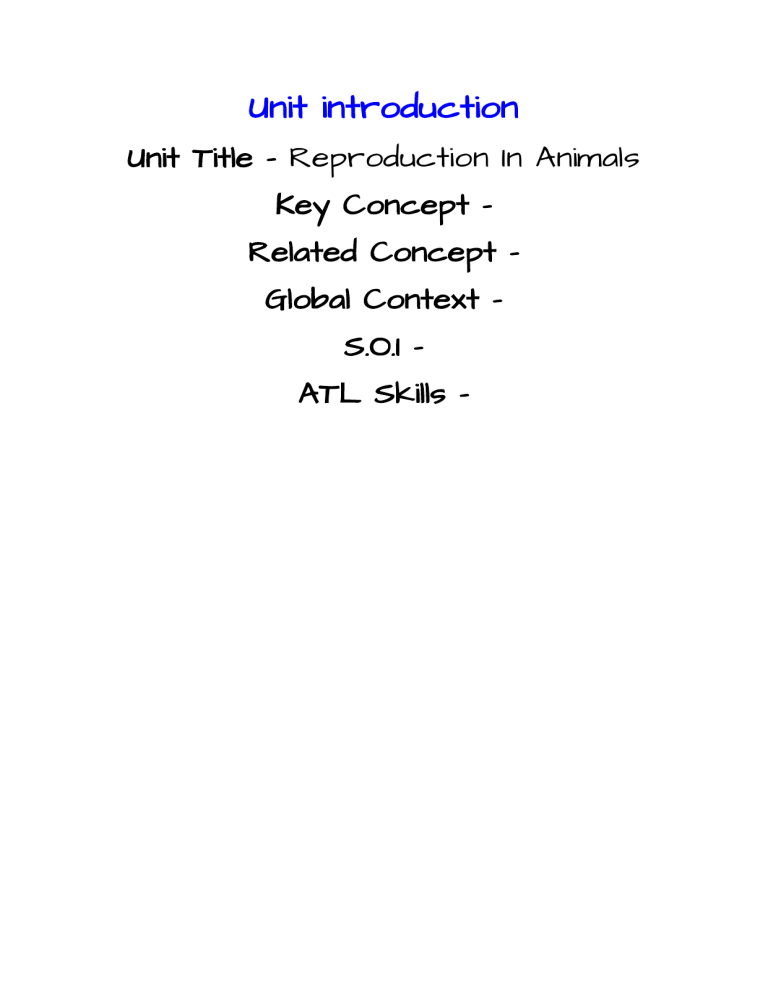
Unit introduction Unit Title - Reproduction In Animals Key Concept Related Concept Global Context S.O.I ATL Skills - Reproduction ● Reproduction is defined as a biological process in which an organism gives rise to young ones ( offspring ) similar to itself. ● The offspring grow , mature and in turn produce new offspring. Thus, there is a cycle of birth growth and death. ● Reproduction enables the continuity of the species, generation after generation. Modes of reproduction There are two modes by which animals reproduce. Asexual reprodution - the process of reproduction in which new individuals are produced from a single parent . Example - Microorganisms Sexual reproduction - The process of reproduction in which two individuals are involved to produce a new individuals are involved to produce a new individual Example - Human , Tiger Characteristics of asexual reproduction Follwing are the impotant featuest of asexual reprodition 1. Single parent involved. 2. No fertilization or gamete formation takes place . 3. This process of reproduction occurs in a very short time 4. The organism multiplies and grows rapidly . 5. The offspring is genetically similar. Types of asexual reprodition - There are different typesof asexual reproduction 1. Binary fission 2. Budding 3. Fragmentation 4. Vegetative propagation 5. Sporogenesis Definitions Fission - it occurs in single - celled organisms, belonging to the kingdom protista and monera. It is further divided into two types : 1. Binary fission 2 Multiple fission Binary fission - The term “fission” means “to divide”. During binary fission the parent cell divides into two cells. The cell division patterns vary in different organisms, i.e., some are directional while others are non-directional. Amoeba and euglena exhibit binary fission. It is one of the simplest and uncomplicated methods of asexual reproduction. The parent cell divides into two, each daughter cell carrying a nucleus of its own that is genetically identical to the parent. The cytoplasm also divides leading to two equal-sized daughter cells. The process repeats itself and the daughter cells grow and further divide. Multiple fission - In a multiple fission, a single cell divides into many daughter cells simultaneously. Example - Plasmodium , Amoeba Fragmentation - Fragmentation is another mode of asexual reproduction exhibited by organisms such as spirogyra, planaria etc. The parent body divides into several fragments and each fragment develops into a new organism. Regeneration - Regeneration is the power of growing a new organism from the lost body part. For eg., when a lizard loses its tail, a new tail grows. This is because the specialized cells present in the organism can differentiate and grow into a new individual. Organisms like hydra and planaria exhibit regeneration. Budding - Budding is the process of producing an individual through the buds that develop on the parent body. Hydra is an organism that reproduces by budding. The bud derives nutrition and shelter from the parent organism and detaches once it is fully grown. Vegetative propagation -Asexual reproduction in plants occurs through their vegetative parts such as leaves, roots, stem, and buds. This is called vegetative propagation. For example, potato tubers, runners/stolon, onion bulbs, etc., all reproduce through vegetative propagation. No diagram Spore formation - Spore formation is another means of asexual reproduction. During unfavourable conditions, the organism develops sac-like structures called sporangium that contain spores. When the conditions are favourable, the sporangium burst opens and spores are released that germinate to give rise to new organisms. Unit
